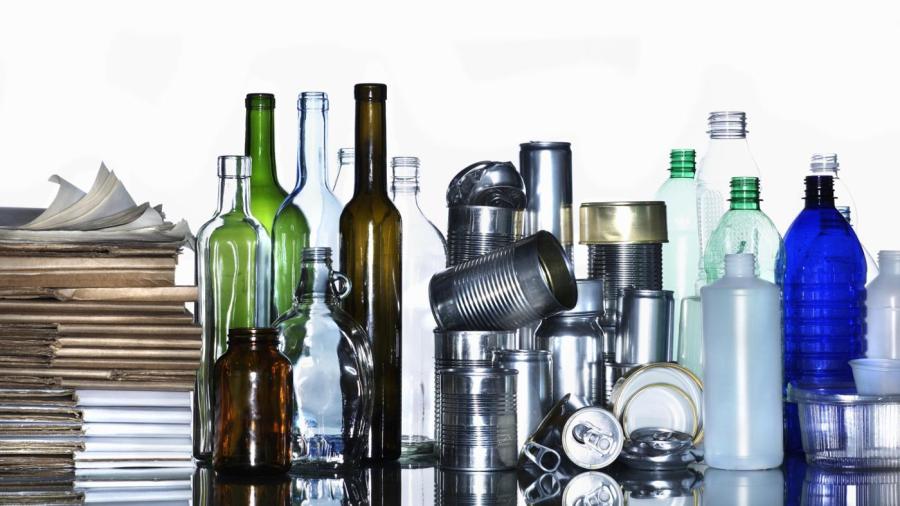How Does Recycling Reduce Pollution?

Recycling reduces pollution by cutting down on the amount of waste that sits in landfills and clutter that dirties streets, parks, roadsides, rivers and lakes. Solid waste material that ends up in landfills causes air pollution in the form of methane gas emissions. Recycling more waste reduces the amount of methane that escapes into the air. Recycling also reducing the production of virgin resources which process contributes to pollution.
When products such as glass, paper, plastic, wood and metals are thrown away and left to rot in a landfill, their presence leads to increased pollution. Likewise, trash that is thrown on the ground by pedestrians and motorists increases pollution. That debris scatters about and becomes an eyesore and environmental hazard.
Reclaiming city streets, parks, highways and waterways from the pollution created by trash and debris is a major priority for most cities across the United States. Pollution must constantly be monitored so that it does not get out of control and become overly destructive to the environment. When people are careless with trash, their behavior can ruin land and important waterways.
In a world that is increasingly crowded, recycling is crucial in order to prevent the further sprawl of toxic landfills that threaten the delicate balance of the ecosystem. Support the planet by separating recyclable materials into bins or taking materials to recycling centers.





